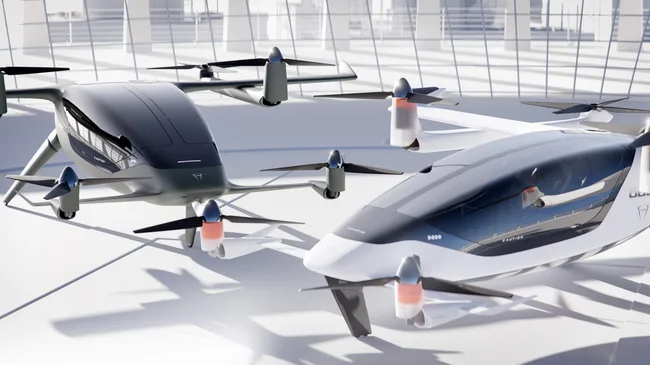Air Mobility (AAM) revenue will reach $6 billion by 2030, up from just $31 million in 2025; a compound annual growth rate of 187%.
AAM is the creation of new aviation technologies that enable small scale flights across short distances; often in urban areas.
Juniper Research, study attributed this rapid growth to Urban Air Mobility services (UAM). These services provide alternative transportation that will help highly populated cities relieve traffic congestion and reduce carbon emissions, amongst fast-growing urban centres.
The research predicted that increasing public trust will be key to achieving this growth in revenue. AI-driven systems in AAM vehicles will enhance safety, with real-time collision detection ensuring aircrafts maintain safe distances.
However, to foster development of these systems in the early market stage, the study recommends that key industry stakeholders create frameworks in which AI and cybersecurity solutions can be standardised for use in AAM. This will require collaboration between regulatory bodies in aviation, such as the FAA (Federal Aviation Administration) and international standardisation bodies, such as the ISO (International Organization for Standardisation). These certifications will allow vendors to build up public trust; enabling them to capitalise on market growth.
In particular, research author Adam Wears stated: “Partnering with existing MaaS (Mobility-as-a-Service) providers would be a key early growth strategy for vendors. This will enable them to access an already established userbase. Marketing the benefits of AAM, specifically lower carbon emissions and faster travel times, will attract this userbase, especially in densely populated cities.”




